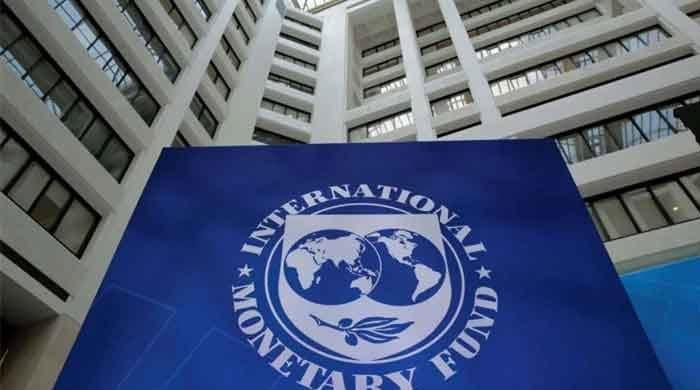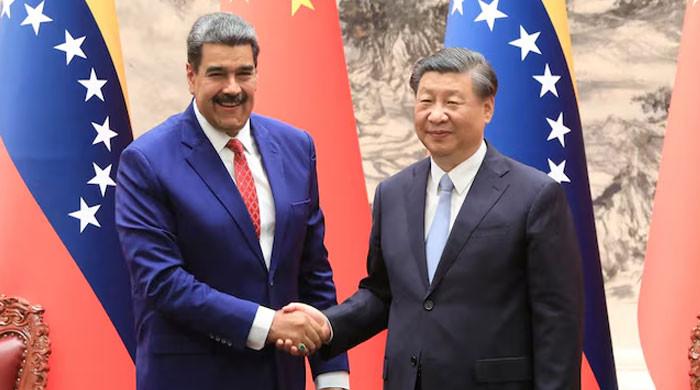The truth about the Mohmand Dam
Mohmand Dam and its environmental and other consequences
May 10, 2019
To save precious water, and help curb excessive land degradation in Sindh due to waterlogging, seepage and salinity, the chief minister of Sindh has urged the farmers near Ghotki Feeder, Rohri, Nara, Dadu, and the northwest canals not to grow rice (which consumes 70 inches of the irrigation) and grow cotton (which consumes 36 inches of irrigation) and other low-delta crops instead.
The chief minister also urged the irrigation managers to provide water in these canals in the month of May to ensure that farmers have water to grow cotton and other crops which are sown in May, as opposed to rice which is sown in June. But if water does not become available in May, the farmers are left with no choice but to plant rice later in June.
The Kabul River, feeding the Indus from the west, is known as ‘early riser’ for summers. It adds significant volumes of water into the Indus below Tarbela Dam. This early water comes in Kabul River from snowmelt and glacial melt starting in April. Other sources of water in the Indus, in the month of May, come from upper Indus (upstream of Tarbela), Jhelum, Ravi and Sutlej. But all these rivers are dammed.
Dam managers at Tarbela and Mangla start filling their reservoirs as soon as the glacial melt starts in April, releasing little for downstream that can help early sowing in Sindh. Ravi and Sutlej have also been dammed and diverted by India as a consequence of the Indus Water Treaty. Chenab is the only un-dammed river but it is not predominately glacial fed and hence does not significantly contribute to waters in Indus in the month of May. Given this, the most significant source of early waters in Indus for Sindh is the Kabul River. The significance of the river’s waters for Sindh cannot be overemphasised.
Afghanistan, which shares a significant part of the Kabul River Basin with Pakistan is already planning and constructing some major works in her part of the Kabul River Basin with the help of foreign agencies. Pakistan has some reservations on these plans. Various Track II meetings have been held between the representatives of the two countries with the help of the United States Agency for International Development. One of Pakistan’s point in these meetings is the importance of “prior use” of Kabul River waters for the early crops of Sindh. The “prior use” is protected by many international treaties, declarations and conventions and Pakistan can build a strong case on this.
According to the Madrid Declaration of 1911, the regime of rivers and lakes, contiguous or successive, could not be altered by one state to the detriment of a co-riparian without the consent of the other.
The Geneva Convention of 1923 specially provides in Article 4 that the development of hydropower might not cause serious prejudice to downstream users. In the Declaration of Montevideo of 1933, Article 2 articulates that industrial or agricultural exploitation should have the consent of the other riparian as well. Then there are Helsinki Rules of 1966 on shared basins which, besides recognising prior use, also invokes environmental impacts, social aspects and navigation. The 1994 UN Draft Article on international rivers also supports the doctrine of ‘prior use’. The list goes on.
Equipped with these internationally recognised doctrines on prior use, we can make a good case to ensure that Kabul River continues to flow as it does today, avoid the mistakes we made in negotiating the Indus Water Treaty, and, strike a ‘benefit sharing’ formula with Afghanistan instead of ‘water sharing’.
But by the construction of the Mohmand Dam on the Swat River, which is one of the major tributaries of Kabul River Basin within Pakistan, we shall cause prejudice and harm to the lower riparian Sindhi farmers who are so critically dependent on early flows from the Kabul River.
Sindh is an already estranged entity on damming and diversions of Indus waters since the 1850s. The country needs, more than ever before, national unity and integration. Damming of Swat River could seriously impact national harmony – giving ammunition to our foes.
The emerging dialogue between Pakistan and Afghanistan could also be seriously impacted where Pakistan can take advantage of ‘prior use’ of Kabul River in Sindh. The construction of a dam in Kabul River Basin by Pakistan, however, will demonstrate that Pakistan, in reality, does not hold important the ‘prior use’ of the river’s waters for early crops in Sindh. This will damage our international stance on devising a benefit-sharing formula with Afghanistan, where we are proposing invoking of River Navigation as a win-win for both countries and let the river flow.
Last, but not the least, environmental consequences (which would run in billions of dollars per year if accounted accurately) are well established for such dams. Generations to come will keep paying these costs.
At the groundbreaking of the Mohmand Dam, the prime minister was all praise for China in his speech. He urged the nation to follow Chinese examples. One important example from China, that the PM missed out, is worth mentioning here. According to BBC Future and Forbes, Chinese have installed 130 GigaWatts (GW) of solar power so far (highest in the world), out of which 96 GW were added in the last two years alone. On the other hand, the massive Three Gorges Dam (TDG) took 20 years for 23 GW, at the installation cost of $1.75 per watt.
The installation cost of solar, on the other hand, is currently well below $1 for utilities and falling. According to a research at Massachusetts Institute of Technology (MIT), published in the Energy Policy in 2018, the prices of solar would drop between $0.30 and $0.18 per watt over the next five years. The cost at Mohmand Dam (if no cost overruns happen) will be in the tune of $3.5 per watt – ten times higher than solar.
Ignoring future trends and adopting expansive/outdated technologies is not our best option – that too when it comes at the cost of national harmony, environmental destruction and our international stance on Kabul River Basin’s future.
Abbas is an expert in hydrology and water resources.











